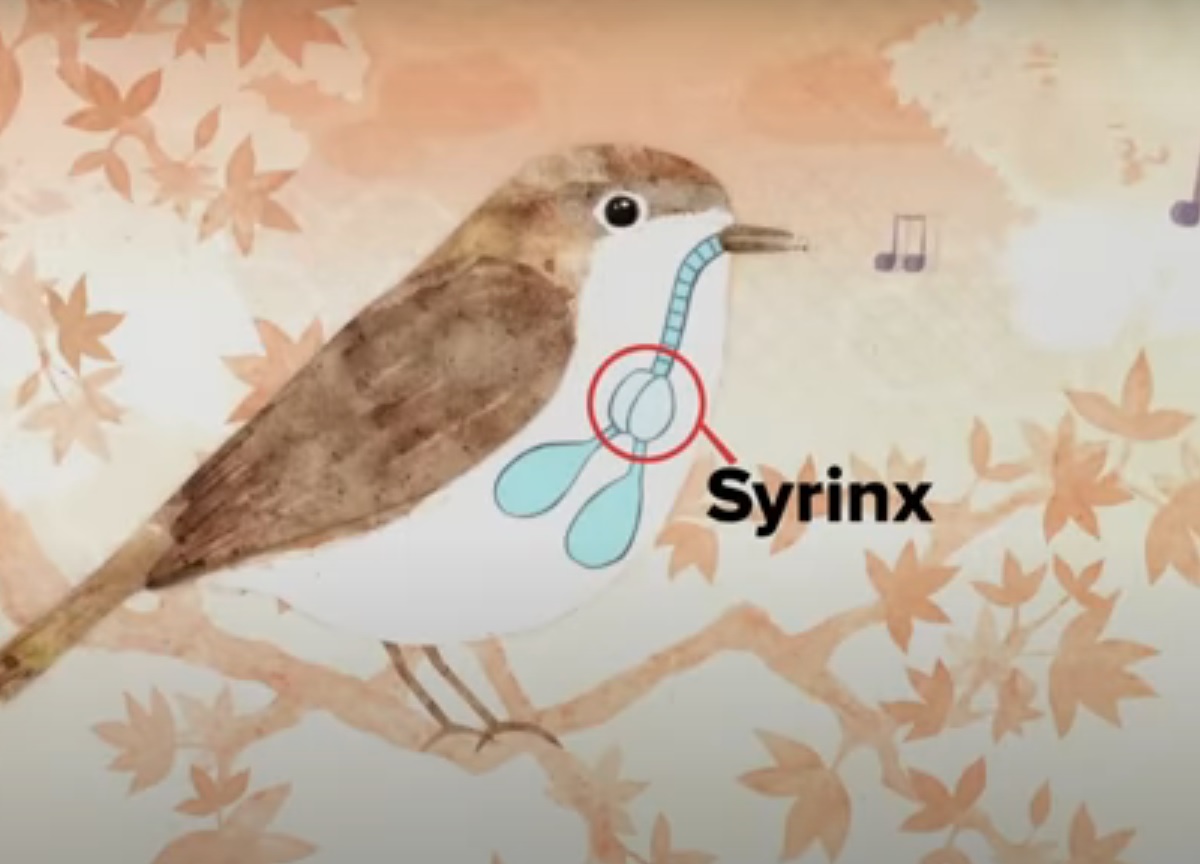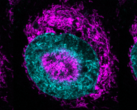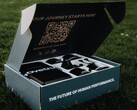Using a high-resolution 192kHz/32-bit ultrasonic recording setup with Sonorous S04 stereo microphones and a Zoom F3 field recorder, audio researcher and YouTuber Ben documented a European Starling reproducing a synthetic spectrogram drawing via vocal mimicry. The original sound file—an audio representation of a bird silhouette—was generated in a spectral synthesizer and played repeatedly near the bird. Days later, during spectrogram analysis of the Starling’s song, the same image reappeared within its vocal output. The recreated waveform retained its structure across the 4000Hz range, with pitch variation under 60Hz—enough to consider it an accurate replication of roughly 176 kilobytes of audio data.
Unlike parrots, Starlings use a syrinx with independent muscle control over airflow from both lungs, enabling advanced amplitude and frequency modulation. This biological equivalent of dual-channel FM synthesis lets them replicate not just pitch and rhythm, but also reverb and envelope characteristics of synthetic and mechanical sounds. Ben’s use of ultrasonic analysis allowed for slowed-down playback without quality loss, revealing modulated layers far beyond human hearing.
The experiment, while not practical for data storage, marks a conceptual breakthrough in bioacoustics—showing that waveform-based data can be encoded, memorized, and re-emitted by a living organism. With open tools like BirdNET-Pi and pro-grade ultrasonic gear now within reach of hobbyists, this project blurs the line between biology, acoustic engineering, and experimental data transmission.





















